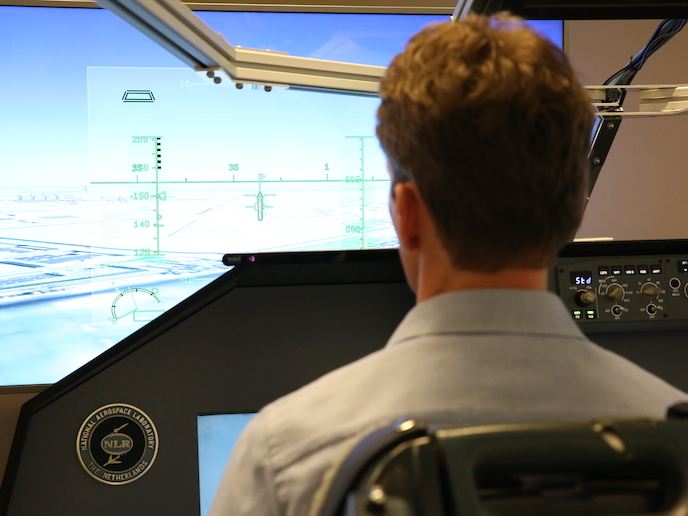Greener aviation thanks to harmonised propulsion-airframe interactions
The aviation industry is under growing pressure to design quieter, cleaner and more efficient aircraft. Meeting the ambitious Flightpath 2050(opens in new window) goals of reducing noise and pollutant emissions calls for disruptive technologies. Simultaneously, we are on the verge of an entirely new way to travel – urban air mobility– which involves adaptable aircraft that can take off and land vertically. A common denominator in these advanced designs is the complexity in the interaction of the propulsion systems with the aircraft body. These systems must balance performance with public acceptance by improving aerodynamic efficiency, cutting pollutant emissions and limiting noise levels. The EU-funded ENODISE(opens in new window) project explored how propulsion systems interact with the aircraft body. “Exploring cutting-edge propulsion solutions – boundary layer ingestion, distributed electric propulsion and multi-rotor systems – we sought to unlock benefits such as fuel savings and reduced noise, contributing to greener and quieter air travel,” notes Christophe Schram, project coordinator.
Innovations in aeroacoustics, wind testing and aircraft design
On the technical side, the project team developed high-fidelity computational aeroacoustics methods to simulate airflow and noise with high accuracy. These approaches were paired with faster, less resource-demanding prediction tools that allowed researchers to quickly and efficiently produce designs. On the experimental front, ENODISE raised the bar for wind tunnel testing, addressing key challenges related to airflow quality control and test automation. A key achievement was the creation and validation of 31 open-access databases, freely available on the ZENODO repository, which offer researchers worldwide the tools needed to validate their models. ENODISE outcomes help support the design of next-generation hybrid-electric aircraft and urban air mobility vehicles, which both depend on fine-tuned propulsion–airframe interactions. They also offer valuable insights for regulatory bodies seeking to shape future aviation standards.
Reducing noise pollution across the board
ENODISE’s outcomes on aeroacoustics have implications beyond aircraft. Researchers seeking to minimise unwanted sound looked at advanced noise-reduction solutions like metamaterials, sound-absorbing liners, serrated blades and propeller clocking. “In addition to aircraft, these noise-reduction technologies could be used in renewable energy technologies, cars and factories. For example, ENODISE’s work on blade aerodynamics could make wind turbines quieter and more efficient, especially in places where noise is a concern,” explains Schram. Communities near airports or future urban air mobility hubs could also benefit from ENODISE activities. Quieter propulsion systems cause less noise pollution and a better quality of life for those living nearby. From an economic standpoint, ENODISE strengthens European leadership in sustainable aerospace technologies, offering European companies a competitive edge in the global market. “Validated datasets, open-access tools and industrial guidelines help bridge the gap between cutting-edge research and real-world applications, creating a smoother transition to greener technologies and helping the aviation industry meet its long-term goals,” concludes Schram.







